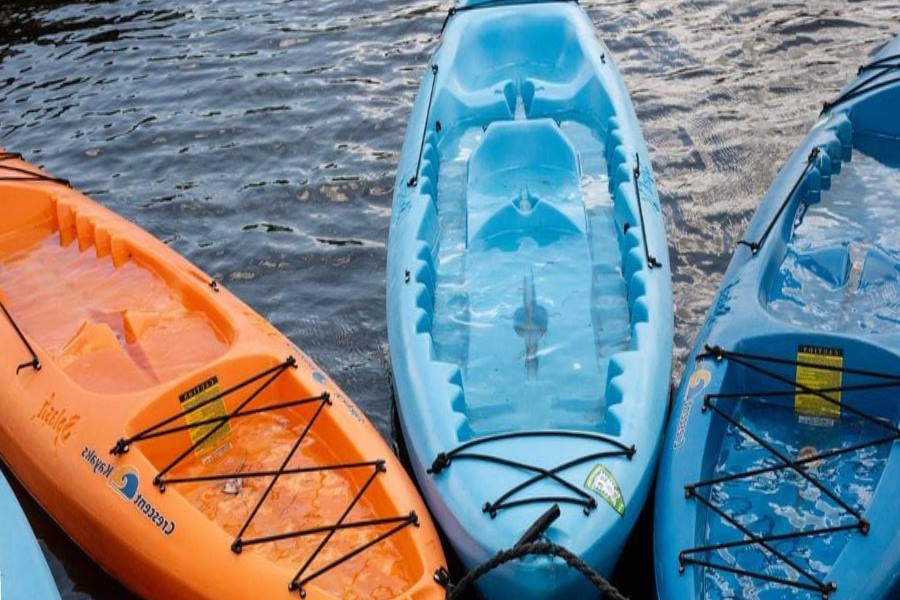Why do fishing kayaks have holes? What are they used to?
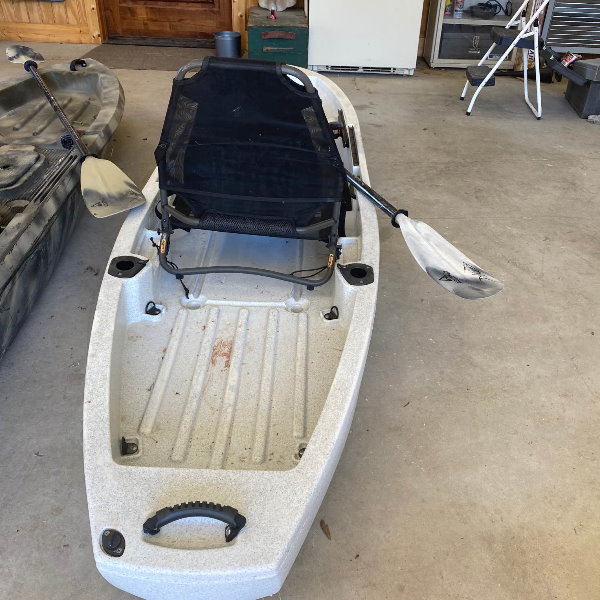
When you first saw the holes in a fishing kayak, I bet you were very confused, wondering: Why do fishing kayaks have holes? What are they used to? And did your kayak sink because of them?
Most sit-on-top kayaks, especially fishing kayaks, have holes in the bottom called scupper holes, which help prevent the kayak from sinking when too much water gets in. Water flows out through them.
What are scupper holes?
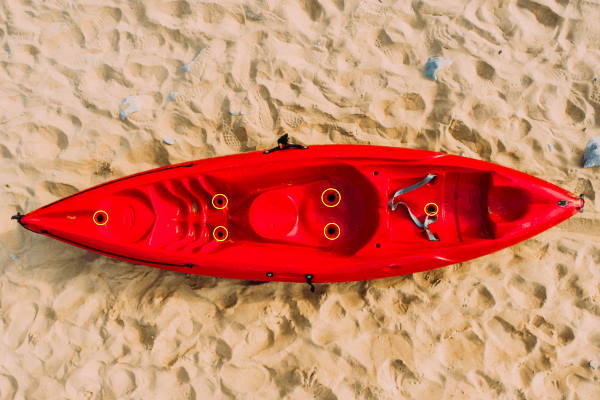
Scupper holes are golf ball small-size holes located in several places on the kayak’s floor deck. They help the water inside the kayak can flow out to keep the boat dry and not sink.
They usually place on sit-on-top boats like fishing kayaks.
Some sit-in kayaks also have those holes in the rear, which allows the water to flow back out after you’ve finished paddling and brought the boat to shore.
Each kayak usually has four holes. A fishing kayak usually has 6-8 or more in various sections of the boat. They place in the rear, seat areas, and forward of the kayak’s floor deck.
What are scupper plugs?
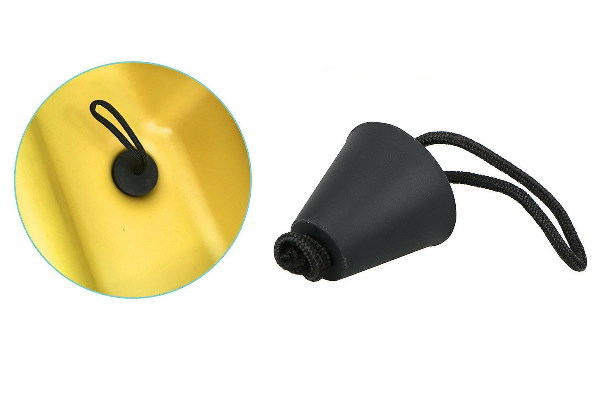
Scupper plugs usually come with scupper holes. They are placed in the scupper holes so that water does not overflow into the kayak when the deck is lower than the water or in rough water. You can choose to use it or not.
There are many types of plugs that are sold online, in sports or outdoor stores. Many people can even do it themselves.
Why do fishing kayaks have holes? The importance of scupper holes
When paddling and fishing, you will not be able to avoid water overflowing into the boat for many reasons. I can list some situations like:
Water from the paddle following your movements into the kayak.
Water splashes when casting fish.
The waves lap on the kayak in the rough water, etc.
Without these holes to let the water drain out, your kayak would sink because of filled with water.
How do scupper holes work?
When you plug the scupper holes, your kayak will sit higher on the water. It will help your kayak faster. You can plug them when paddling to fishing spots or returning to shore.
When carrying heavy supplies, the kayak’s deck may be lower than the water. Plugging the scupper holes will prevent water from entering your boat.
In the winter, you’ll probably want to plug them so that water doesn’t get into the boat through those holes. Anyway, keeping yourself warm is best.
When the scupper holes are unplugged, the kayak will have less lift. On windy days, unplugging them will make it less likely that the wind will blow your boat precariously and push it around.
You ought to unplug the scupper holes in the rough water because water is easy to flood into the boat. It can help water flow out immediately.
You can plug them in when it’s in use and unplug them when your boat is full of water and is likely to sink.
The plugging or unplugging, plugging which holes depends on the specific situation of you.
Often areas that hold most of the weight, like the rear of a kayak where a lot of gears are stored, will be plugged. So water doesn’t get in to drench your gear.
You should plug the seating holes if you’re a big guy. If you are lightweight, it does not matter to open them.
The front of the boat will be open so your boat can stay dry.
Now you are done wondering Why do fishing kayaks have holes, right?
Relate: How Much Weight Can a Fishing Kayak Hold?
Other ways to get water out of your boat
What if you want to let the boat dry and your kayak doesn’t have scupper holes, or you don’t want to open them for worry of water overflowing into the kayak?
Well! Everything has its solution. I will give you two methods that I think are the best.
Kayak Sponge
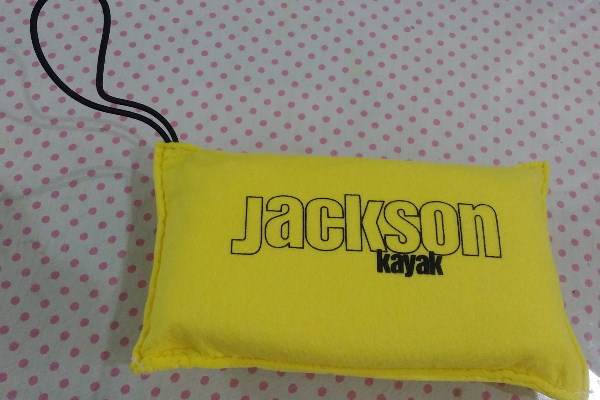
It is a good choice for keeping your boat dry.
You can use a sponge to absorb water anywhere on the boat, whenever you want, and squeeze it back into the water.
You should use large-size kitchen sponges or special ones for kayaks.
In my opinion, sponge kayaks will be better.
They usually attach a lanyard to make it handy and squeeze easily to a small size to store away. The best thing is that there are sponges that can soak up 1 liter of water.
The regular sponges soak less water and sometimes harden like a rock after getting wet, and it is also easy to lose when left on the boat.
Kayak Bilge Hand Pump

If your kayak often has too much water while on the water, the sponge doén’t enough.
A Bilge Hand Pump may be more effective. Although it is bulkier than a sponge, it can move water out of the boat faster. On average, every 10-15 pumps will suck a liter of water.
Conclusion
So you can be assured that having holes in your kayak is normal. It brings structural integrity to the kayak.
Keep safe, and enjoy your fishing adventure.
Thanks for reading our article about Why do fishing kayaks have holes? If you have any questions, leave a comment below. You can see more posts on our website here.
Further reading

